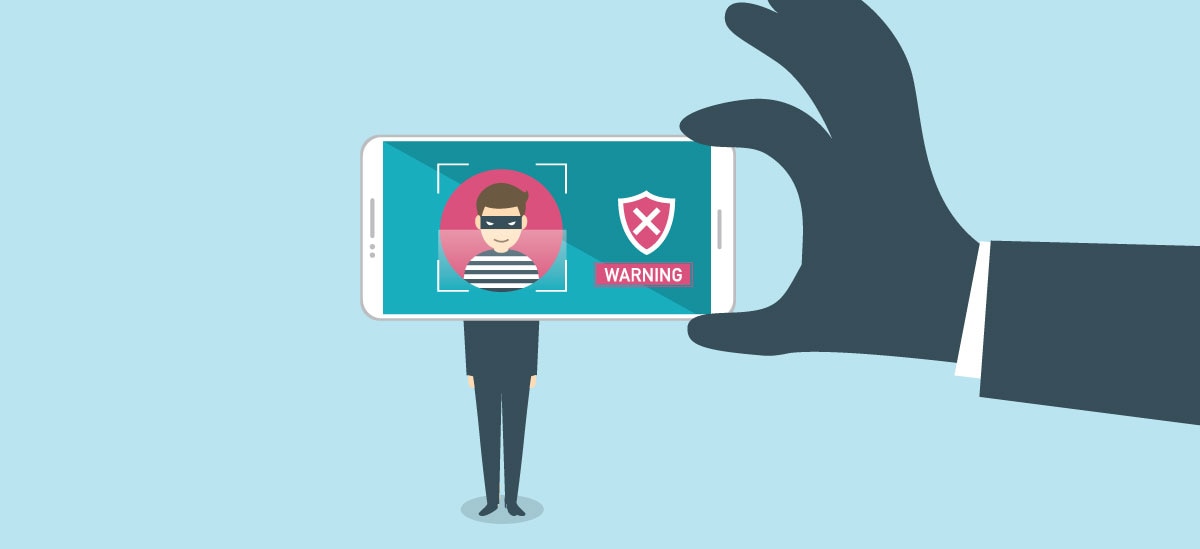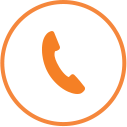
Digital payments have become the most commonly used payment method in the United States.[1] However, that doesn't mean paper checks no longer play a role. In fact, more than 20% of noncash payments are made with checks.[2] Unfortunately, check fraud is on the rise.
The U.S. Treasury's Financial Crimes Enforcement Network (FinCEN) has reported that between 2020 and 2021, there was a 23% increase in filed check fraud-related complaints. And in 2022, the number of complaints nearly doubled from the previous year to more than 680,000.[3]
With check fraud running rampant, you may wonder how to tell if a check is fake, what to do if you believe you have received a fake check, and what happens if you accidentally deposit a fake check in your bank account.
This article will help you understand how to spot a fake check and the steps you should take if you think you're the intended victim of a check scam.
How to Spot a Fake Check
These days, cutting-edge technology can help scammers produce fake checks that look convincing. However, there are a few characteristics to look for that can be clues to whether or not a check you've received is legitimate.
Here's how to tell if a check is fake:
Rough Edges
Typically, when individuals or businesses write checks, they are torn out of a book. Perforated edges help check writers easily remove the check. In that case, at least one edge of the check should be perforated or feel rough to the touch. If all four edges of a paper check are smooth, there's a likely chance the check is bogus.
Bank Logo and Address
A legitimate check features the issuing bank's logo on the front. If there's no bank logo on a check you've received, it's likely to be a fake. If there is a logo, check it against the bank's logo on its website to ensure it's identical.
The quality of the printing counts, too. If the logo appears faded, it could have been scanned from a real check or taken from an online source.
Sometimes, checks also feature a bank's address next to the logo. If your check has an address, you can verify online to see if it uses the correct location for a bank branch office. If not, the check is likely fake.
MICR Line
Every legitimate check includes the Magnetic Ink Character Recognition (MICR) line. This line consists of three sets of printed digital characters at the bottom of the check. The characters include the bank's routing number, the number of the account from which the check is written, and the check number, as well as two printed Transit Symbols that work with the bank's check-reading device.
The characters on the MICR line are printed with special ink that contains magnetic iron oxide, as mandated by the Federal Reserve.[5] This magnetic ink is dull, not shiny, and the printed characters should be flat. If the MICR line printing appears shiny in the light and/or the characters are raised, the check is a counterfeit.
In addition, if there's no MICR line at the bottom of the check, it's fake.
Check Number
The check number appears on an authentic check in two places: in the upper-righthand corner and at the end of the MICR line at the bottom. If these numbers don't match up, that's a big "tell" that the check is fraudulent.
In addition, be cautious with checks whose numbers are low. Low numbers would be 101 to 400 for personal checks and 1000 to 1500 for business checks. Low numbers indicate that the account from which the check was written is new. About 90% of fraudulent checks are written from new accounts.[4]
Paper and Ink Quality
Legitimate checks are written on high-quality, matte (not shiny) paper. If the check is printed on thin, flimsy, shiny paper, it's probably not authentic.
In addition, checks are printed with high-quality indelible ink. To test the ink, put a drop of water on your fingertip and run it across the check's printed surface. If the ink on the check smears or comes off when you touch it, it's probably fake.
Other Irregularities
When examining a check to determine whether it's real or not, it's also worth looking for other general irregularities and mistakes. Look for spelling errors or typos in the printed information on the check, such as a misspelled business name or address. You can also check to make sure that the address of the check's sender matches up with their actual address. If not, the check may likely be fake.
In addition, check that the numerical dollar amount and the written amount on the check match up. Any discrepancy is a good indication that the check is not legitimate.
What to Do if You Suspect a Check Is Fake
If you suspect that you've been given a bogus check, don't cash it. If there's a chance that the check could be genuine, contact the bank listed on the check and inquire. Don't use any contact information located on the check — find the phone number of the bank listed on its official website.
If the bank can verify the check's legitimacy, you may deposit it.
If not, the best thing to do is notify the proper authorities.
If the check was sent to you through the mail, contact the United States Postal Inspection Service.[6] This federal government agency provides assistance to mail fraud victims.
If you received the check as part of a potential online scam, you can file a complaint through the Internet Crime Complaint Center,[7] a government service offered by the Federal Bureau of Investigation (FBI).
Another government agency that can help consumers is the Federal Trade Commission (FTC). The FTC's Bureau of Consumer Protection allows the victims of check fraud and other scams to make a report online.[8]
You can also report fraudulent checks to your state's attorney general's (AG's) office. The National Association of Attorneys General's website has a handy tool for finding the contact information of your state's AG. The association also allows consumers to report fraudulent activity online.[9][10] In addition, your state or city may also have a consumer protection agency to contact for help. You can find out this information with a quick internet search.
What Happens if You Deposit a Fake Check?
Every day, innocent consumers deposit fake checks in their accounts without knowing it. If you're one of them, any or all of the following may happen:
- Your bank will withdraw the amount from your account. Once your bank realizes you've deposited a fake check, it will remove the funds from your account. It could take weeks to discover the fake check. You may also be charged a penalty. If you've already spent the money and there are insufficient funds to cover the withdrawal, you'll likely have to pay overdraft fees. Policies vary per bank and state.
- Your bank may freeze or close your account. Although policies vary, your bank may close your account or temporarily freeze transactions.
- Your banking history may be affected. Bad check deposits are among the negative events that checking account reporting companies such as ChexSystems include in your banking history report. Banks use these reports to determine whether or not to allow you to open a new account — and if you have a negative banking history, you may be turned down.
You could go to jail. This is an extreme consequence and is only likely to happen if you intentionally cash a bad check.
Know How to Spot Fake Check Scams
With fake check scams on the rise, it pays to know how to spot them. Although scammers can be clever, fraud can often be easily identified if you know what to look for. Here are some examples of common check scams:
- You receive a higher amount than expected. One of the most popular check scams is the "overpayment scam." This scam is particularly common among folks who sell goods and services online. Fraudsters send more money than you are owed and then request that you send a portion of the money back via wire transfer.[11] This is a big red flag that something illegal may be going on.
- You're told you've won a prize… but have to pay to get it. Another common check fraud involves unexpectedly winning a sweepstakes or other contest that you didn't enter. However, to receive the check, you may be asked to send money to pay for processing and mailing costs.
- You receive "payment" in advance for a job you applied for online. No legitimate company will pay you to do work before you've done it. If you have applied to a "too good to be true" job online, are sent a paycheck before you do anything, and are asked to send money back as gift cards or a wire transfer for any reason, the odds are it's a scam.
In summary, if you unexpectedly receive a check and the situation seems too good to be true, be meticulous. You may be the intended victim of check fraud.
The Bottom Line
Bad checks are written every day. It pays to stay smart and know how to tell whether or not a check is fake.
It can also be helpful to discuss any concerns about a potential scam with your bank manager or another bank representative.
They should be able to explain the bank's policies and what to do if you think you may have received a fake check.




